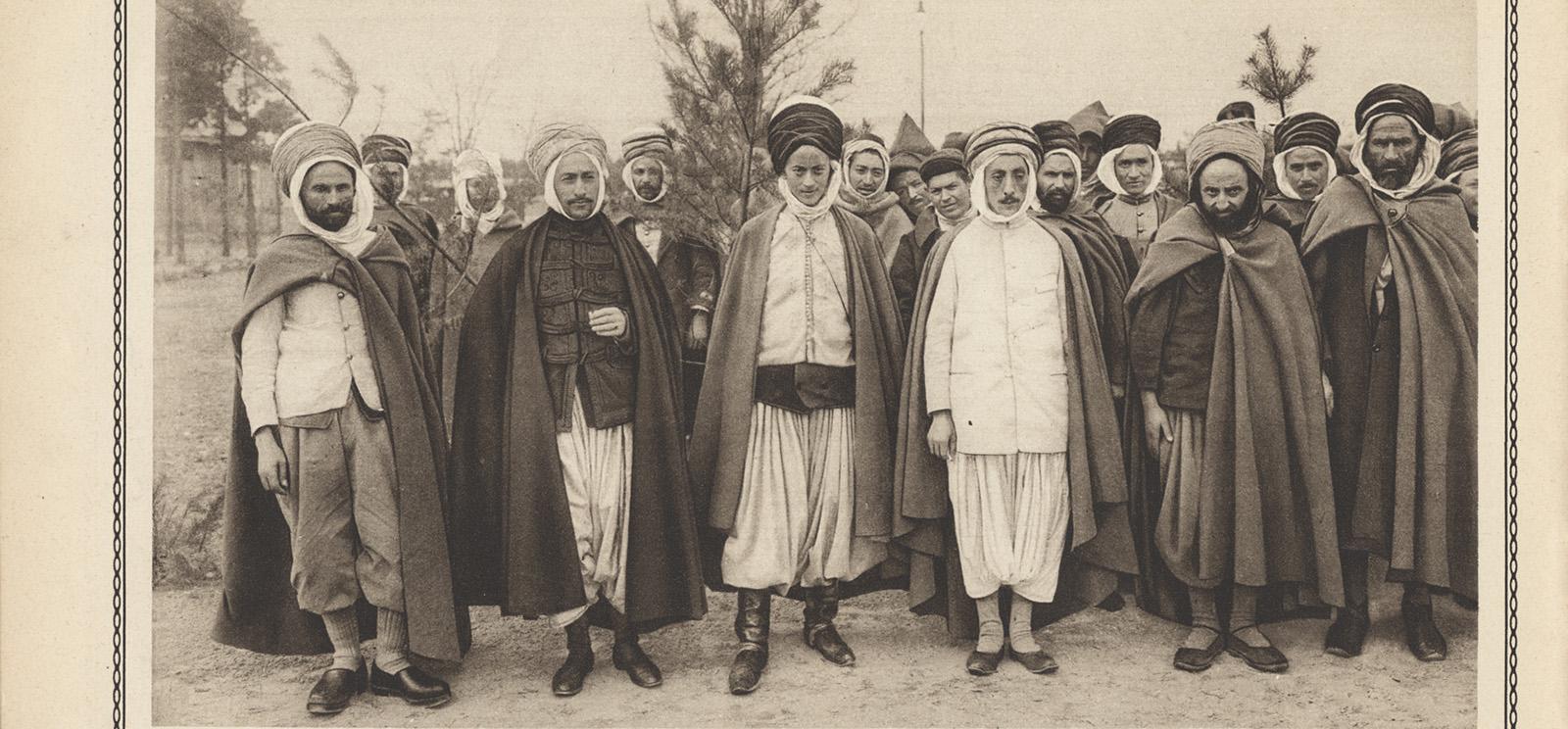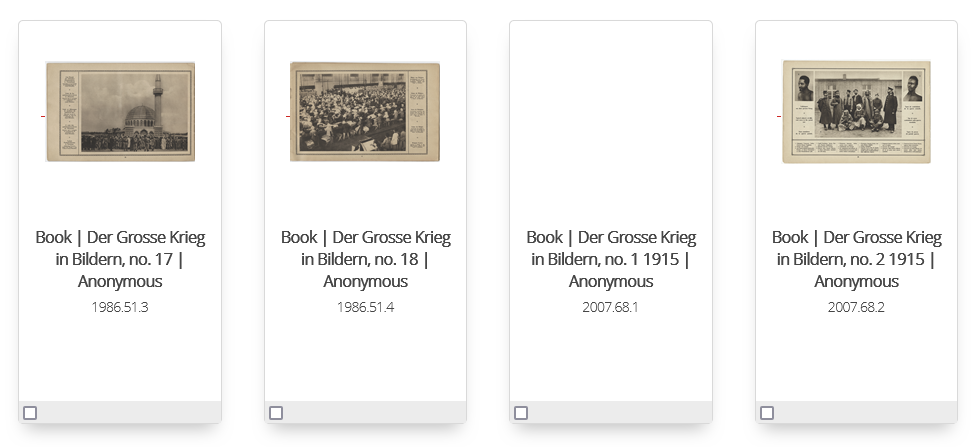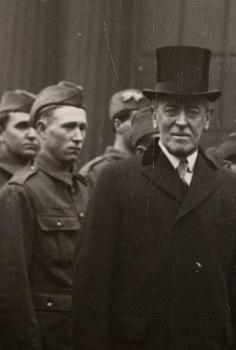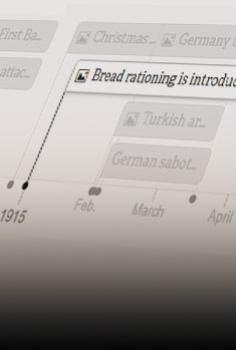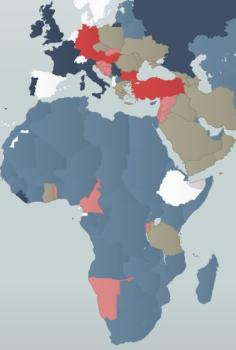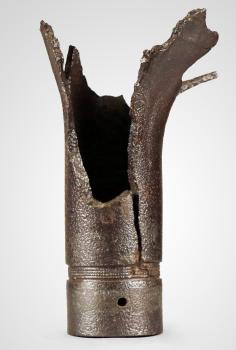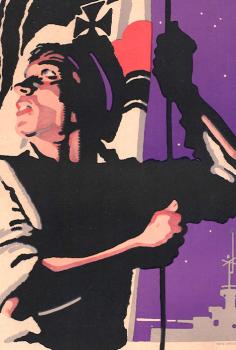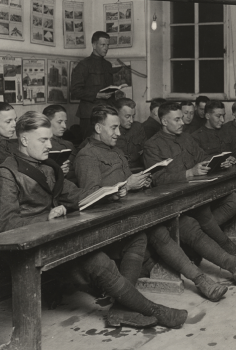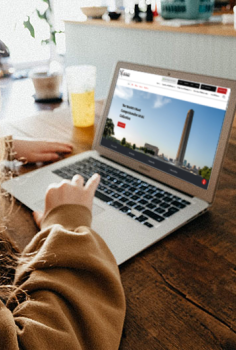“Der Grosse Krieg in Bildern” (“The Great War in Pictures”) is a periodical of photographic illustrations, recording the early part of World War I from a distinctly German perspective. Published by the Deutscher Überseedinest (German Overseas Service), many issues feature fighting troops, trenches, ammunition preparation and supply lines. A few issues, however, feature a dramatically different set of photographs.
Images of Muslim men at prayer, rest and drill, as well as of a mosque, populate the pages of several volumes, including No. 4 (1915) and No. 17 (1916). The photographs and captions paint a positive story about prisoners of war in the German POW camp Zossen-Wünsdorf, located approximately 30 miles (50 kilometers) south of Berlin. Here, the German military trained and educated Muslim soldiers captured from Allied armies to fight for Germany and the Ottoman Empire instead. These images were part of a calculated propaganda campaign by German leaders to win over the hearts and minds of Muslims – and the world.
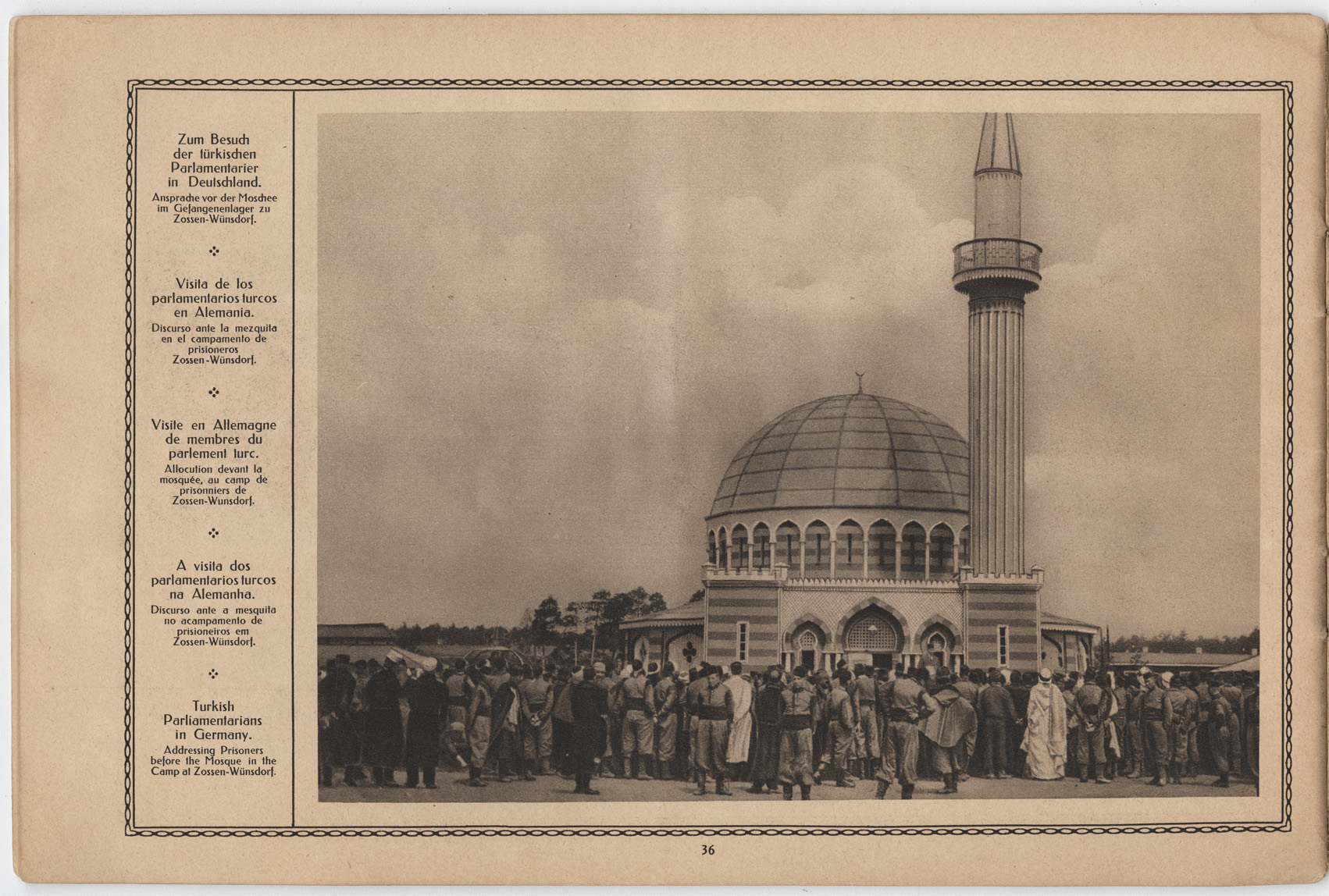
The German Overseas Service, headquartered in Berlin, was part of a larger coordinated German propaganda campaign that started before the outbreak of war. Titans of German industry were dissatisfied with the German Foreign Office and its close, mutually beneficial relationship with the Wolff's Telegraphisches Bureau news agency (WTB). This perception of bias prompted the press office of the German Foreign Office and business leaders of industry – in particular mining, trade, shipping and banking – to set up the German Overseas Service as a new, powerful news agency in February 1914.
This agency was unrestricted by previous international agreements and operated with a goal to provide foreign countries with positive news from and about Germany, under the tight control of business leaders. Smaller German news agencies combined to create the workforce for this new office, financed by 300 German companies with an annual capital of one million Reichsmarks (about $7.5 million in 2024 US dollars), as well as a secret German government fund contributing 250,000 Reichsmarks annually (about $1.86 million USD).
After the outbreak of World War I in the summer of 1914, the German Overseas Service published and distributed the monthly “Der Grosse Krieg in Bildern” in other countries for war propaganda purposes. The magazine, which had a circulation of 50,000 copies and 40 pages per volume, contained pictures intended to illustrate Germany’s “just cause” in going to war. This included photographs of prisoners in German prison camps, like Muslim soldiers from Africa and India being treated as “guests of the Kaiser.” To share the German message in as many countries as possible, the Overseas Service published the illustrated volumes not only in German but with multilingual captions, including English, French, Spanish and Portuguese.
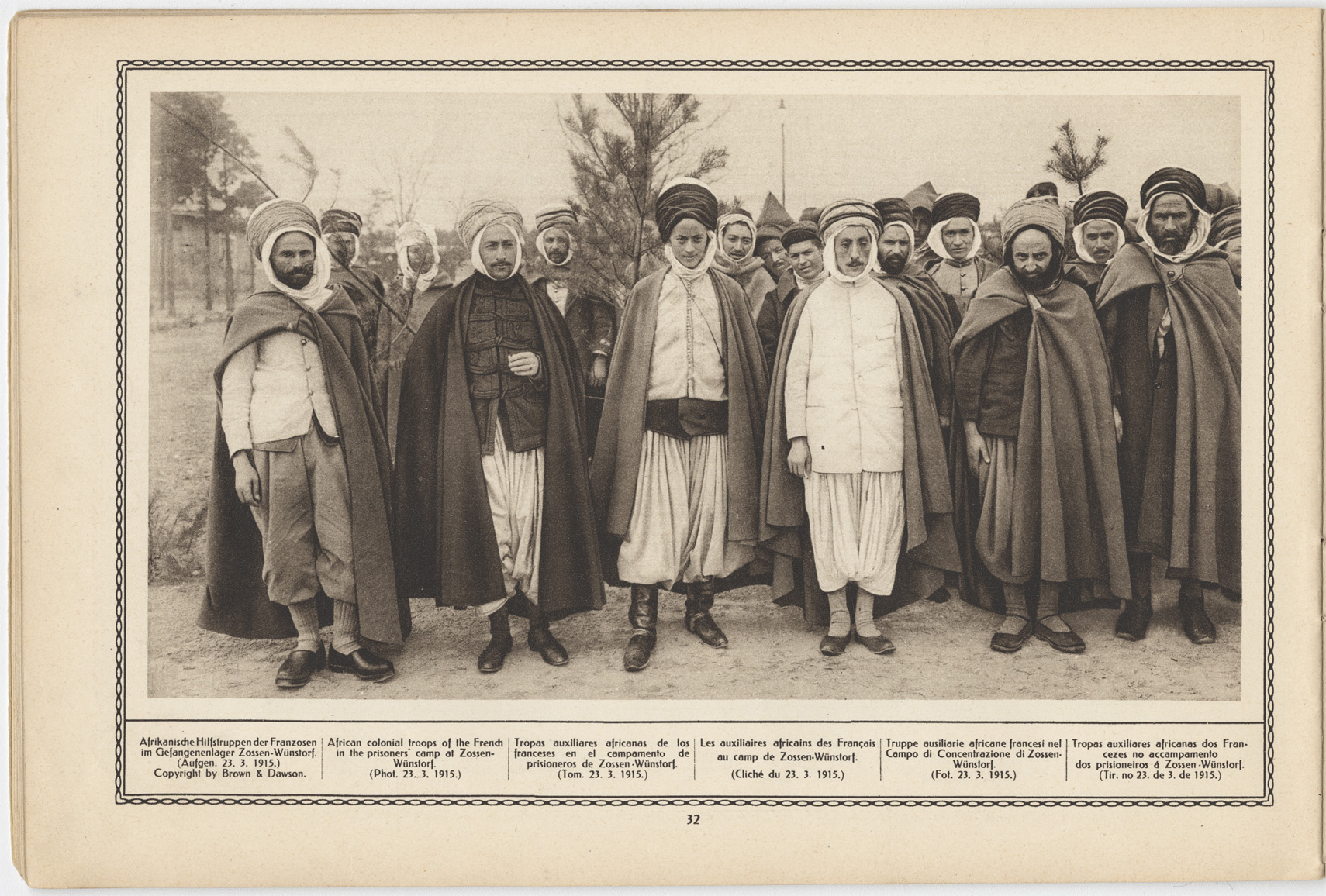
The German Overseas Service went through leadership changes as the war progressed and survived Germany’s defeat at the end of the First World War. The news service eventually merged into the German News Bureau (DNB) in the 1930s. These striking images and examples of German journalistic propaganda still exist for the world to see in the collection at the Museum and Memorial.
Learn more about Germany’s alliance with the Ottoman Empire and how the two countries harnessed propaganda in the digital exhibition Fighting with Faith
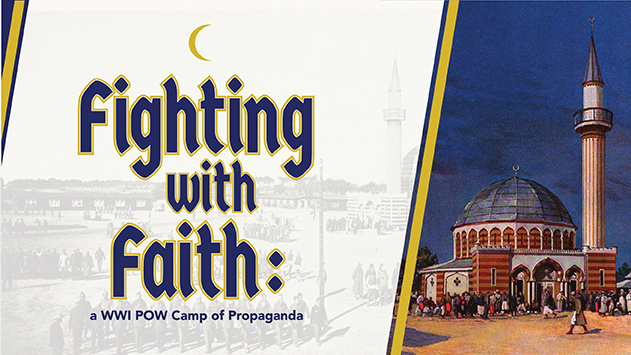
An initiative of The Center for Religion, Culture and the Great War, made possible through generous support from Lilly Endowment Inc.
